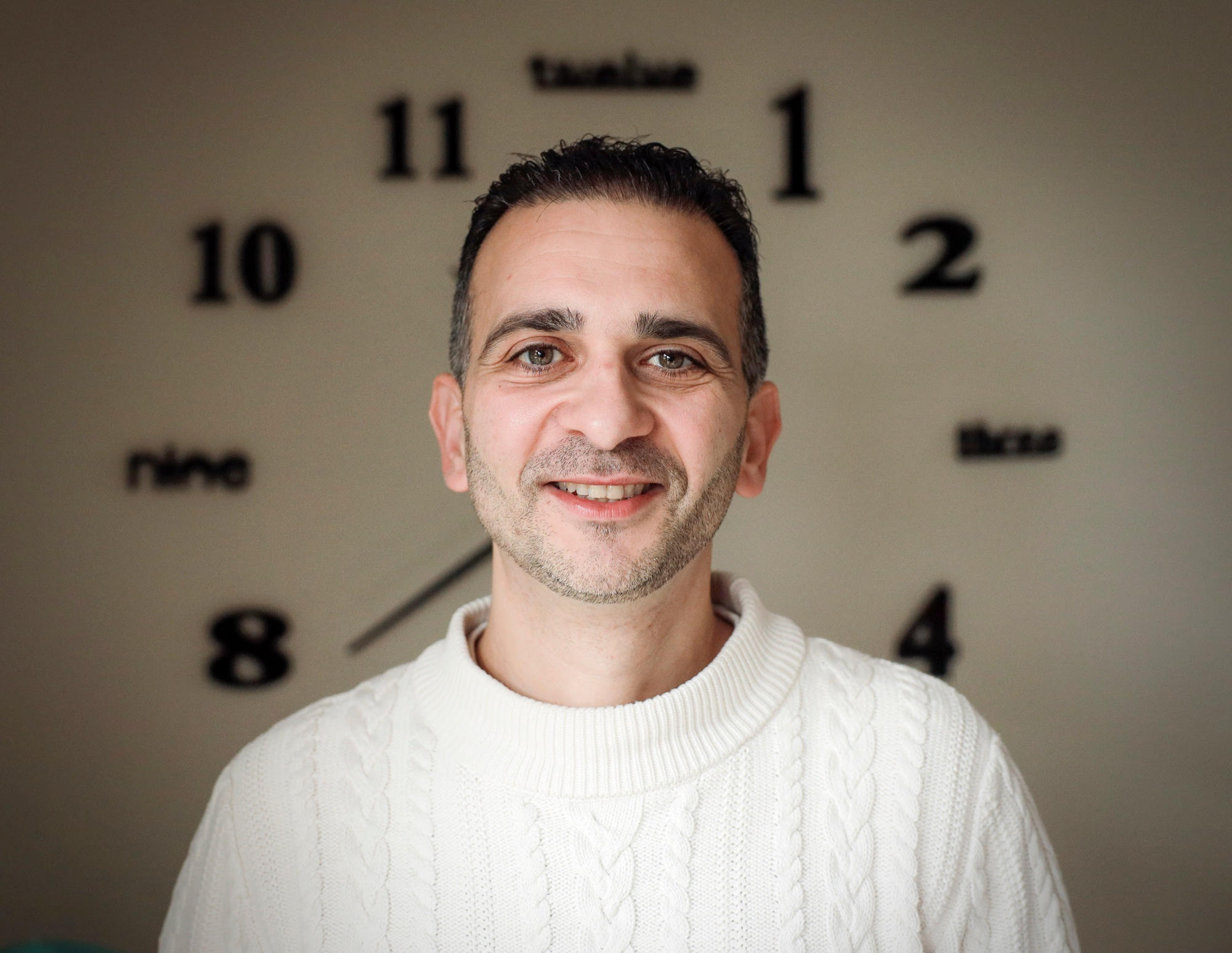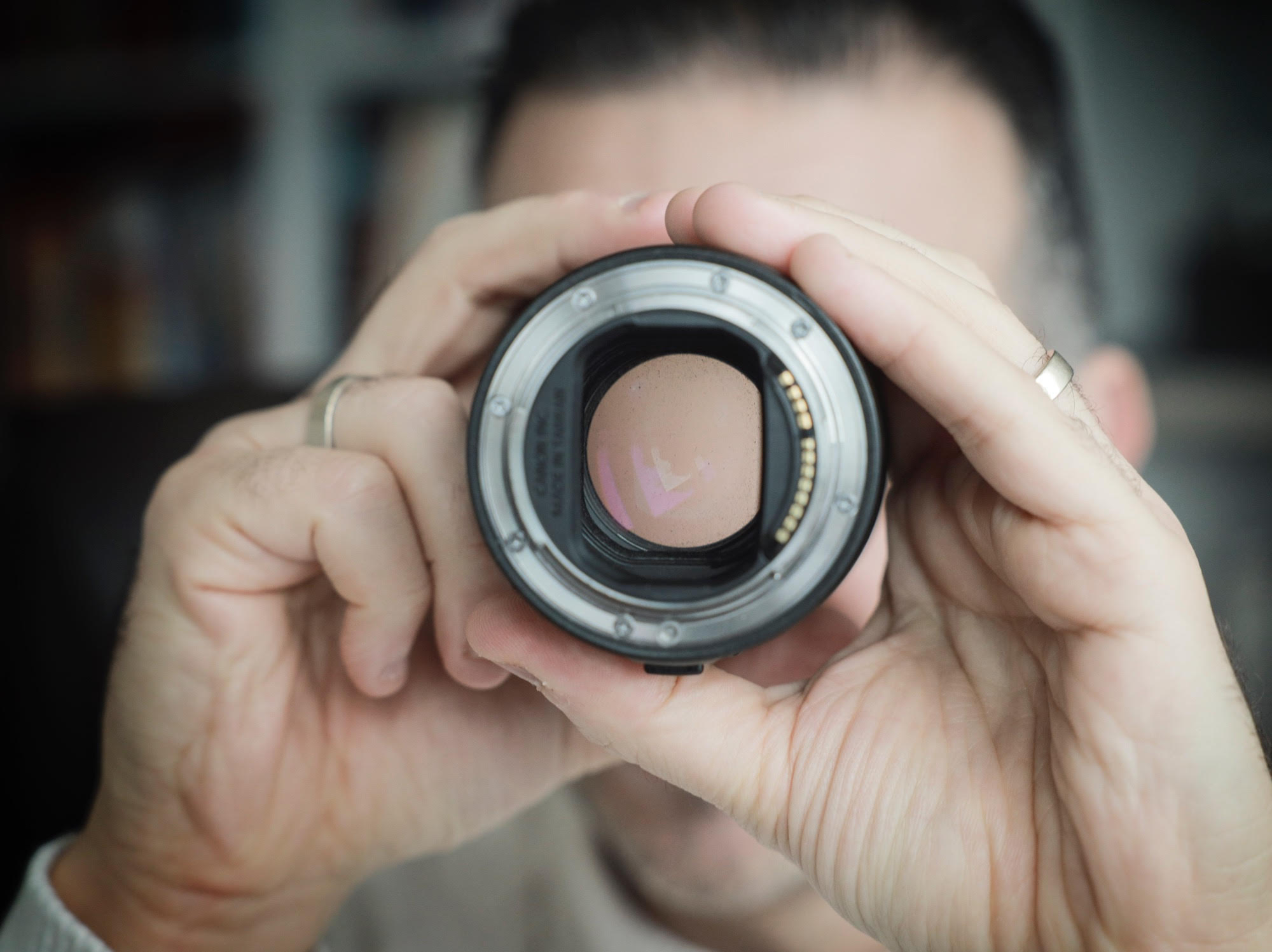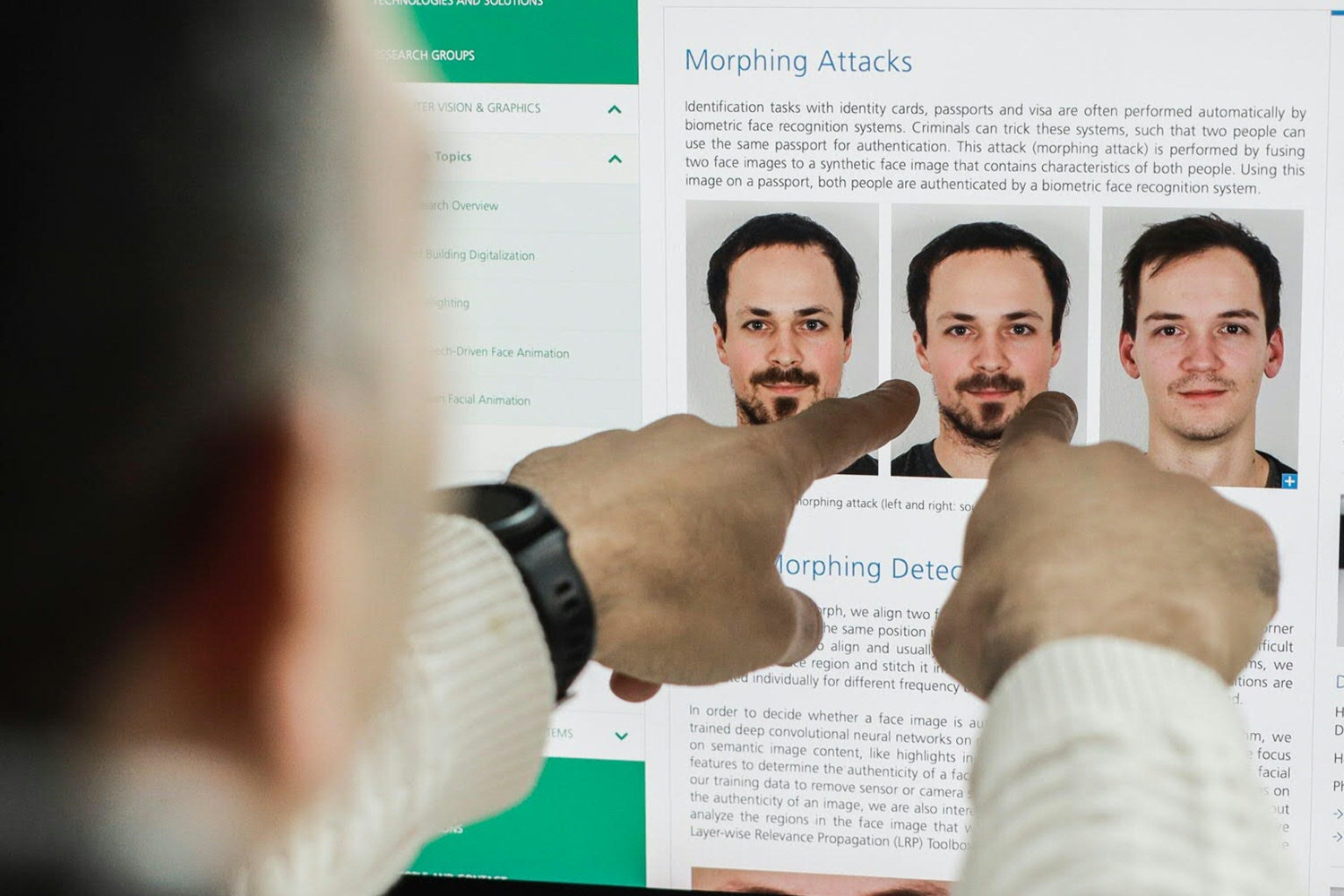Azzopardi's algorithms are inspired by the brain
George Azzopardi, associate professor of Pattern Recognition at the Bernoulli Institute for Mathematics, Computer Science and Artificial Intelligence, balances his time equally between fundamental and applied research. As theme coordinator of ‘Applied AI’ at the Jantina Tammes School, he is dedicated to bridging the gap between science and practical societal applications.
Text: Jelle Posthuma / Photos: Henk Veenstra
‘The average human brain weighs less than 1.5kg’, the associate professor begins. ‘Yet it is incredible how powerful it actually is.’ That is precisely what fascinates the Groningen-based scientist. In his research, he focuses on brain-inspired algorithms of artificial intelligence. ‘Take, for instance, the mammalian brain's exceptional ability to generalize. As children, we learn from our parents what a chair looks like. Almost effortlessly, we are able to recognize a completely different-looking chair in a new environment. This highlights the brain’s incredible adaptability and learning capabilities.’
Current artificial intelligence systems have to look at many thousands of pictures of a chair before they know how to recognize a different chair. ‘In our research, therefore, we try to design algorithms that mimic the visual part of the mammalian brain as closely as possible, such as our brain’s amazing ability to extract the main features of a chair, giving us the ability to generalize better.’

Hardware
Still, developments in artificial intelligence have been accelerating in recent years, Azzopardi stresses. ‘When I worked on my PhD research more than ten years ago, many things we can do now were still considered science fiction. On the other hand, a lot of underlying knowledge and techniques date back to the 1960s. At that time, computers were not powerful enough to use these ideas, and there was not enough data to teach the AI systems. Now, with better computers and more data available, we have been equipped to gain much more insight into the effectiveness of AI systems, which was crucial to further developments, resulting in the big changes and improvements in AI over the last few decades.’
This rapid development also comes with challenges, argues the associate professor. ‘Running powerful artificial intelligence systems requires a lot of computing power and, consequently, a significant amount of energy.’ Only large tech companies have sufficient resources to operate AI. Other institutions, such as universities, often lack these resources, Azzopardi knows. ‘Therefore, our goal is to develop algorithms that are efficient and require fewer resources, without sacrificing effectiveness.’

Mimicking
In order to achieve this goal, Azzopardi again tries to draw inspiration from the visual system of the brain. This is because our brain, consuming only about 20 watts, is hyperefficient. Mimicking the brain’s extraordinary capabilities, an approach known as ‘neuromorphic computing’, is in fact one of the main goals of the Groningen Cognitive Systems and Materials Centre (CogniGron), of which Azzopardi is a member. ‘It comes down to achieving more with less’, the associate professor knows.
Crucial are the concepts of sparsity and inhibition, or the brain’s ability to conserve energy and ‘being smart’, Azzopardi explains. ‘For example, inhibition processing enables mammals to distinguish between what is in the foreground and what is not when processing visual information. In our fundamental research, we try to convert this knowledge about the brain into algorithms.’ The knowledge that is translated into new, smart algorithms is highly suitable for various applications, the associate professor states. ‘And these applications are crucial for demonstrating the effectiveness of our algorithms in practice.’
Law enforcement
As an example, the associate professor refers to an algorithm he and his team developed within a European forensics consortium. ‘This project focused on camera identification. The small imperfections in the manufacturing process of the sensors integrated in each camera manifest themselves in very small corruptions that are not visible to the naked eye. These corruptions can be thought of as signatures that uniquely define a camera. We have developed algorithms that are able to leverage these signatures and use them for camera identification and for determining which images were taken by the same camera.’
The unique signature can be of great importance in forensic investigations, the scientist continues. ‘Suppose law enforcement finds a camera during a search of a child abuse suspect’s home. The images on that camera can be matched with previously captured images, for all images taken by the same camera contain a unique signature. ‘This allows the police to link different cases and even start new ones.’

Impact
For this project, Azzopardi, together with fellow researcher Guru Bennabhaktula, received the Ben Feringa Impact Award in 2023. Remarkably, a new collaboration arose from the project. In response to emerging challenges in face biometrics, particularly with the advent of deep fakes and face morphing attacks, the RDW (the Netherlands Vehicle Authority) is seeking to enhance their security systems.
Face morphing attacks involve creating a composite image by blending two or more faces, resulting in a new image that closely resembles each of the original faces. This technique poses a significant threat to identity verification processes. Criminals can use this technique to acquire a new identity, for example. The algorithms developed by Azzopardi’s team offer a promising solution, since they can authenticate whether the received face images are indeed captured by authorized cameras. ‘This capability is very important in enhancing national and cross-border security’, the researcher explains.
Collaborations like this are valuable and are becoming increasingly recognized in academia, Azzopardi states. He points out the growing opportunities for researchers to engage beyond traditional academic boundaries. ‘While obtaining grants from research funders like the NWO (the Dutch Research Council) remains an important focus, scientists are also exploring fruitful collaborations with industry and other organizations. For instance, our research benefited greatly from the support of the RDW, showcasing the diverse funding possibilities for innovative projects.’

Schools for Science & Society
In his new role as theme coordinator of ‘Applied AI’ at the Jantina Tammes School of Digital Society, Technology and AI, Azzopardi wants to further encourage interdisciplinary work: ‘Not only between disciplines and faculties, but also between the university and society, in particular industry. That is my mission.’ As theme coordinator, a role he has held since late 2023, the associate professor hopes to bring different interested parties together, especially now that AI has gained such momentum. ‘You can see that the theme is resonating more and more with people. Everyone has ideas about it. At the Schools, we can connect these people who were previously working in isolation. I think that is exactly why the Schools were founded.’
More information
More news
-
27 November 2025
Aeroplane spotting using a radio telescope
-
26 November 2025
Why are shiny colours rare yet widespread in nature?
